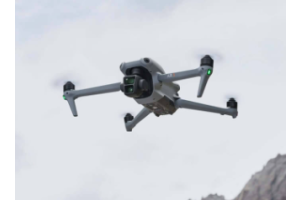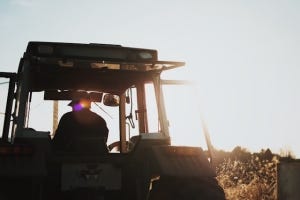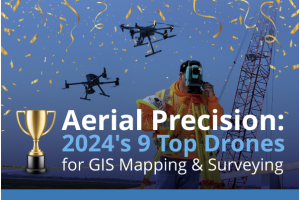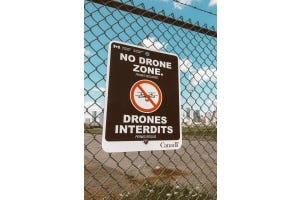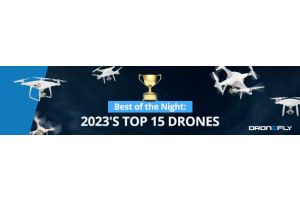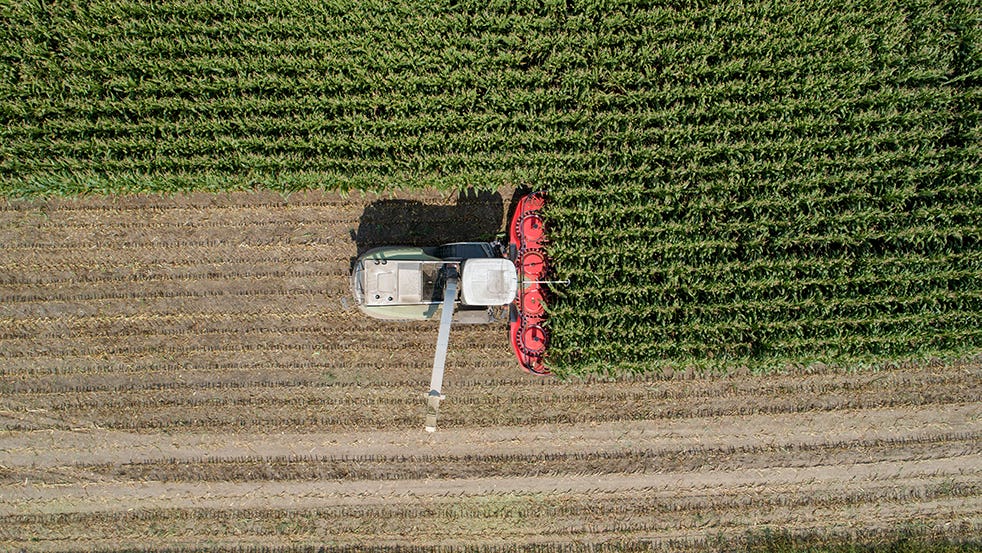
From crop scouting to crop sensing drones equipped with multispectral cameras are capable of detecting crop health. Drones are saving farmers money with the ability to carry out specialized inspections without the need for expensive agronomists or an outside agency to monitor conditions by using innovative drone solutions for agriculture.

From fixed-wing drones such as the SenseFly eBeeX to do large-scale sensing or Parrot Bluegrass Fields Drone to do problem area scouting we here at Dronefly are ready to assist you. In this blog we will walk you through the sensing technology and some different use cases within the agriculture, farming, and livestock industries.
Walking through fields to inspect crop health is time-consuming, expensive, and inefficient. Specialized camera sensors used to be extremely expensive, and heavy which means they would have to be carried on manned aircraft. Now with sensing technology becoming much more compact and drones becoming much easier to use by the average person (the SenseFly eBeeX can even fly itself ) this remote sensing technology can be leveraged by farmers to increase efficiency and return a greater yield.
Multispectral sensors such as the MicaSense Altum, MicaSense RedEdge-MX, and Parrot Sequoia + are tuned to analyze specific bands of light reflecting off of the leaves of the crop. These downward facing sensors also have an upward facing light reader that is placed on the top of the drone to measure the amount of light coming from the sun. The software in the sensor reads the amount of light coming from above and the amount reflecting off the crops below to make a ratio.

Different ratios can be calculated depending on the objective of the survey, a typical ratio is normalized difference vegetation index (NDVI). From this ratio, the downward facing sensors and upward facing sensor is able to detect crop health no matter if it is a partially cloudy or sunny day.
The graph below shows the 5 discrete bands that the agriculture or near-infrared (NIR) sensor analyzes with the blue, green, red, purple and gray bars. The multispectral band sensor runs it is between these wavelengths of light that plants use for photosynthesis. The drone industry has taken crop inspection to the next level with the adaptation of near-infrared (NIR) sensors and multi-spectral sensors (RGB, RedEdge, & NIR) mounted on drones. NIR sensors detect the spectrum of light that plants use to absorb light for photosynthesis. Software analysis can be used to change values in order to reflect the specific crop type and even in which stage of life a specific crop is in.
NDVI is a ratio of the amount of light energy absorbed and reflected by plants, this measures plant health. Calculated by: (NIR – RED ) / (NIR + RED). In general, NDVI values range from -1.0 to 1.0, with negative values indicating objects such as water, positive values near zero indicating bare soil, and higher positive values of NDVI ranging from sparse vegetation (0.1 – 0.5) to dense vegetation (0.6 and above). As a result, this technology serves as a warning tool for problem areas facing complications with fertilizer, irrigation, disease, or pests.
With the data gathered from the NDVI sensors. which includes GPS coordinates for each frame. one is able to make a comprehensive map of the crop field area. This allows farmers to better plan where crops are being planted to maximize land usage and crop variability. Better mapping also increases water efficiency and fertilizer usage. With better insights into the ideal place for crops, increased efficiency and reduced cost are expected.
Drones with thermal imaging cameras on a farm can serve multiple use cases. Thermal camera drones can monitor livestock movement from a distant all with a single remote pilot in command. Thermal camera drones such as the Matrice 210 can carry two cameras at the same time such as high powered zoom camera and an infrared camera. Checking in on working crews or monitoring livestock has never been easier than with the help of a drone. Save time and increase property awareness with an infrared drone. If you want to do crop inspection and carry a thermal camera that is also an option with the DJI Matrice 210.

To sum it up:
Drones provide greater resolution than satellites or airplanes as they have the ability to be flown lower and more precisely. Another benefit of drones is greater scanning frequency due to easy portability and cost. Software such as senseFly’s eMotion (which is included with the senseFly eBeeX) allows users to select a determined GPS area and the drone will fly and map the selected area without the need for an operator.
In addition to that, drones allow easy monitoring of livestock remotely to identify any issues in the pastures. Drones truly give the people who feed us the tools necessary to do their job more efficiently and at a lower cost.



